Switching To A Tankless Water Heater? Pros, Cons, Costs, And More
Have you been thinking about switching over to a tankless water heater? In this article, we will go over the pros and cons of tankless water heaters, including proper sizing, costs, installation, rebates, and whether upgrading from a tank is right for your home.
What Is A Tankless Water Heater And How Does It Work?
A tankless water heater, also known as an on-demand or instantaneous water heater, is a system that heats water directly as it flows through the unit, rather than heating and storing water in a tank like traditional water heaters.
Tankless water heaters provide a continuous, unlimited supply of hot water on demand. As soon as you turn on a hot water tap, the heater activates to heat the water instantly. Once the tap is turned off, the system shuts down and stops heating the water. This allows tankless heaters to avoid standby heat losses associated with storage tank heaters.
The technology behind tankless heaters enables them to provide a constant hot water flow of 3-5 gallons per minute. The system uses high power burners that quickly increase the temperature of cold water flowing through a heat exchanger. When the tap is turned on, a flow sensor activates the burners and a thermal sensor monitors the outflow to ensure it maintains the desired set temperature.
In contrast, traditional tank water heaters keep 40-80 gallons of water hot and ready 24/7, even when no hot water is needed, resulting in energy waste from standby heat loss. Tankless heaters avoid this by only heating water on demand, making them up to 30% more energy efficient.
Benefits Of Switching To A Tankless Water Heater
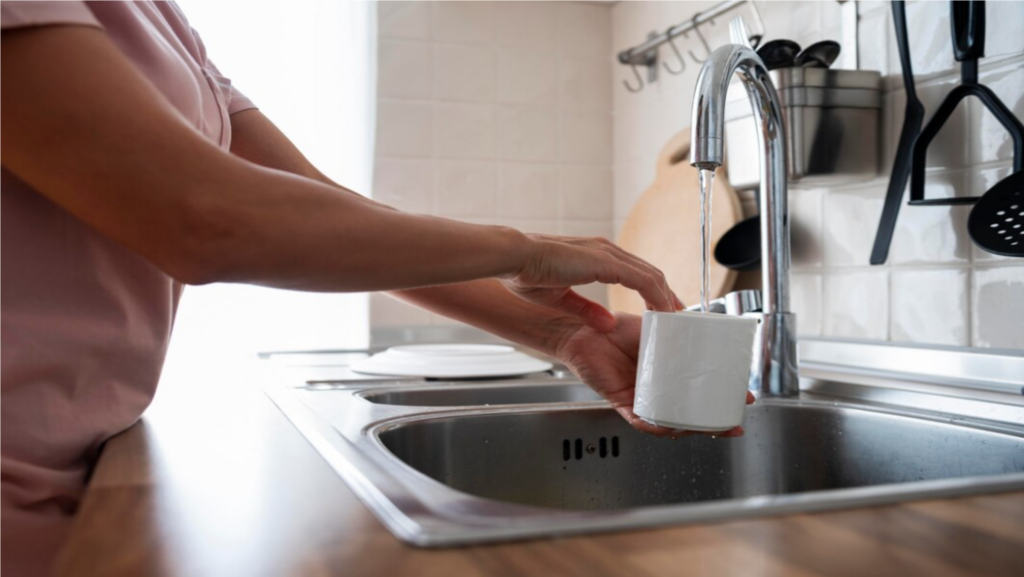
Tankless water heaters provide numerous benefits for homeowners compared to traditional tank-style heaters.
The main advantage of tankless water heaters is improved energy efficiency. Because they only heat water on demand, tankless heaters waste less energy than conventional models that maintain a full tank of hot water 24/7. This on-demand operation allows tankless heaters to achieve energy savings of 30-50%.
Tankless heaters also provide an endless supply of continuous hot water. They can heat water indefinitely as long as the demand is present. You’ll never run out of hot water for showers, laundry, dishes, etc. This unlimited supply is ideal for larger homes with multiple bathrooms.
In addition, tankless models save space. Without a bulky storage tank, they take up less room in your home or garage. A compact tankless unit can be mounted on a wall or externally.
Finally, the improved efficiency and lower energy consumption of a tankless heater will reduce your monthly energy bills. Although they have a higher upfront cost, tankless heaters offer long-term savings on operating costs.
Sizing
Properly sizing your tankless water heater is crucial to ensure it can handle your household’s hot water demands. The size you need depends on several factors such as the square footage of your home, number of bathrooms and sinks, and peak water usage.
Here are the recommended tankless heater sizes based on home details:
- 1-2 bathrooms, less than 2,500 sq ft: Require a 5-7 GPM heater. Good options include the Rheem Performance PLUS 5 GPM
- 3-5 bathrooms, 2,500-4,000 sq ft: Require a 9-11 GPM heater like the Rheem Performance PLUS 9.5 GPM or the Navien NPE-240A.
- Large homes over 4,000 sq ft, 5+ bathrooms: Require an 11-13 GPM commercial grade heater.
When in doubt, consult with a professional plumber who can assess your household needs and hot water usage to determine the right size.
Cost Of A Tankless Water Heater
The upfront cost of a tankless water heater system is higher than a conventional storage tank model. The average price for a tankless water heater ranges from $600 to $3,500 depending on the model, flow rate, and fuel type. Electric tankless heaters tend to be more expensive than gas models.
Installation costs also factor into the total price. Most homeowners pay around $3,000 for professional tankless water heater installation. However, costs can dip as low as $1,000 or rise as high as $5,000 depending on the complexity of the installation and modifications needed. Converting from a tank to a tankless system will be more expensive than installing a tankless in a new construction.
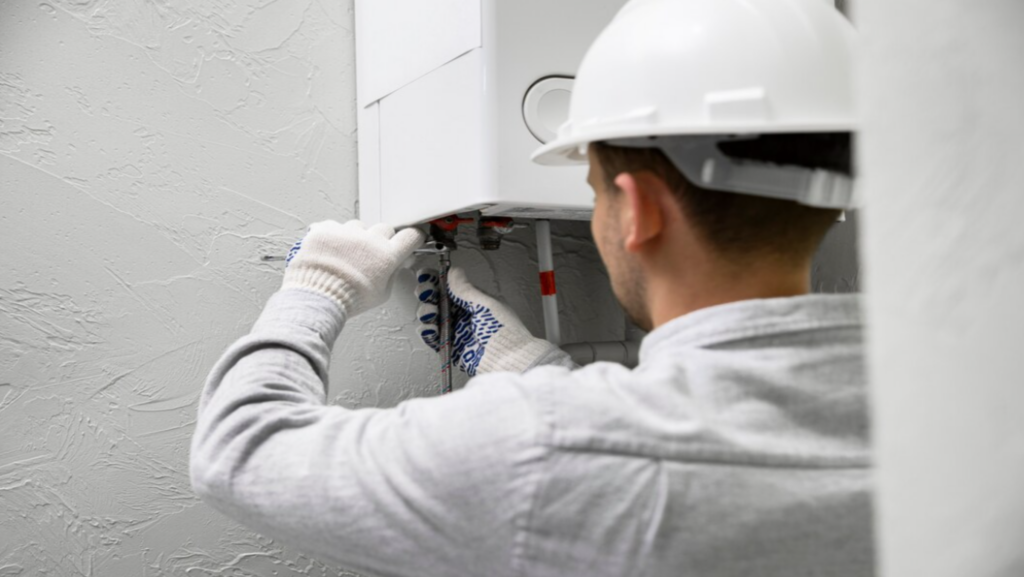
While tankless heaters have a high upfront cost, you can recoup the investment over time through energy savings. Tankless models are generally 24-34% more energy efficient than conventional storage tank heaters. As a result, you can expect to save $100 to $300 per year on energy costs with a tankless heater depending on your usage.
Limitations Of Tankless Water Heaters
While tankless water heaters provide many benefits, there are some limitations to consider before switching from a conventional storage tank model.
Upfront Costs
The main downside of tankless water heaters is that they have a significantly higher upfront cost. Purchasing a tankless unit can cost $1,000-$3,500 compared to $300-$800 for a standard tank heater, and professional installation will add $1,000 to $3,000 more to the total cost. This high initial investment means it may take 3-5 years for energy savings to cover the cost difference.
Flow Rate Limitations
Tankless heaters provide a limited flow rate of hot water, measured in gallons per minute (GPM). Models for most homes range from 3-6 GPM. Running multiple fixtures at once can exceed this capacity, resulting in a decrease in hot water temperature. Larger units are available for higher demand but come at a higher price.
Electrical or Gas Line Upgrades
To support the high heating capacity of a tankless unit, your home may need upgrades to the electrical wiring or gas lines. Most gas models require at least a 3/4″ gas line and up to 150 AMP electrical service. These upgrades can add $500-$1,000 to the total installation cost.
Installation
Installing a tankless water heater is a complex job that is best left to professionals, though it can be done as a DIY project if you have plumbing experience. There are important installation considerations to keep in mind.
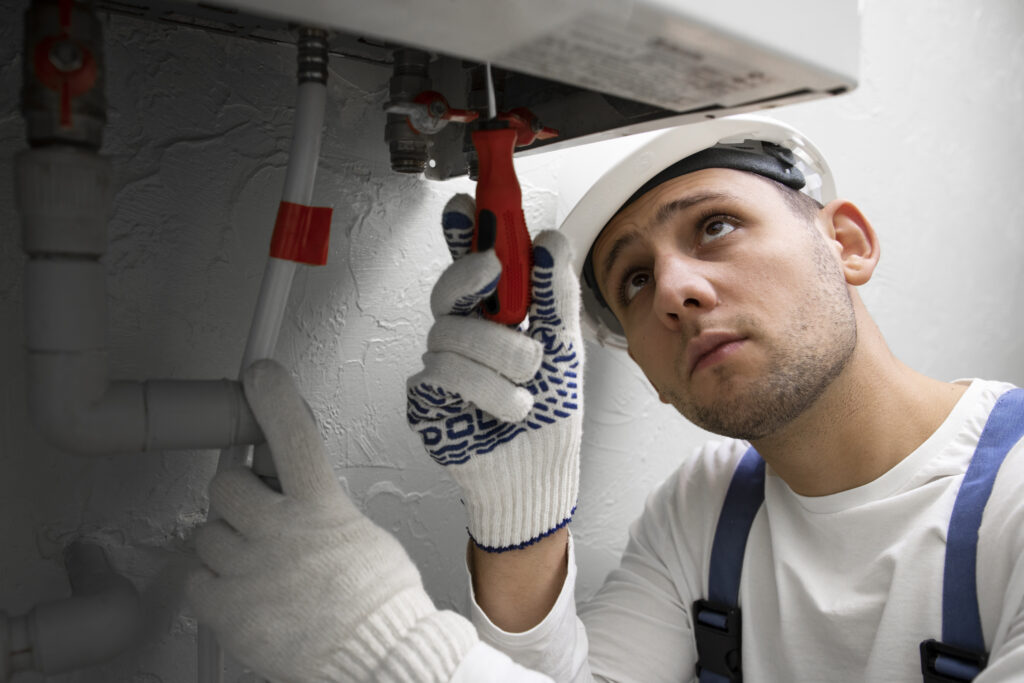
The overall installation process involves mounting the unit, connecting the gas or electrical line, installing venting, making water connections, and integrating with the existing plumbing. The system must be properly sized and vented per manufacturer specifications. Gas models require upgraded gas lines to handle the higher BTU load. Electrical models may need a dedicated circuit and panel upgrade to support the amperage draw.
Hiring a licensed professional installer is highly recommended for tankless water heaters. Improper installation can lead to dangerous leaks or combustion issues.
Choosing Gas Vs Electric
When selecting a tankless water heater, one of the biggest decisions is whether to go with a gas or electric model. Each fuel type has its own pros and cons to weigh.
Gas Tankless Water Heaters
Gas tankless heaters generally have lower operating costs, higher flow rates, and can supply more hot water than electric models. They work well for larger homes with high demand. Gas heaters heat water very quickly and have an endless supply. However, gas models do require ventilation and need to be hooked up to a gas line, which can add complexity and cost to installation. They also produce some emissions.
Electric Tankless Water Heaters
Electric tankless heaters provide hot water without combustion or emissions. They can be easier and cheaper to install since no gas lines or venting is needed. However, electric heaters have lower flow rates than gas and may not be able to handle high demand in larger homes. They are more expensive to operate long-term. Upgrading your electrical panel may be required as well. Still, electric models provide an eco-friendly, simple option for low to moderate hot water needs.
In the end, gas tankless heaters tend to work better for whole home water heating, while electric models can be a good choice for point-of-use applications like a remote bathroom. Consider your household size, existing utilities, and hot water requirements when deciding between gas and electric water heaters.
Key Features To Look For When Selecting A Tankless Water Heater
When shopping for a new tankless water heater, there are several key features to prioritize that impact performance and efficiency:
Energy Efficiency Rating: Look for a higher energy factor (EF) rating, which measures how efficiently the unit uses energy. The minimum EF for an electric tankless heater is .99, while gas models range from .82 to .95+. The higher the EF, the more energy efficient the unit.
Flow Rate: Select a flow rate in gallons per minute (GPM) that matches your household’s peak hot water demand. Most tankless heaters range from 2-5 GPM for electric and up to 11 GPM for gas.
Temperature Settings: Look for a model with adjustable temperature controls, usually ranging from 100°F to 140°F. Some high-end units allow temperature adjustments at each water outlet.
Warranty: Choose a unit with a longer warranty, ideally 5-12 years for the heat exchanger. This covers the most expensive repair. The longer the coverage, the better.
Prioritizing these features will help select a reliable and efficient tankless water heater suited to your household’s hot water needs.
Available Rebates And Incentives
There are various rebates and incentives available from utility companies and government agencies that can help offset the upfront cost of installing a tankless water heater.
Many local utility companies offer rebates for installing an Energy Star certified high efficiency tankless water heater. These rebates can range from $200-$500 depending on your location and utility provider.
In addition, homeowners may qualify for federal tax credits when installing an eligible energy efficient tankless water heater:
- Gas tankless water heaters can qualify for a tax credit of up to $300.
- Electric heat pump tankless water heaters can qualify for a tax credit of up to 30% of the installed cost, up to $1,500.
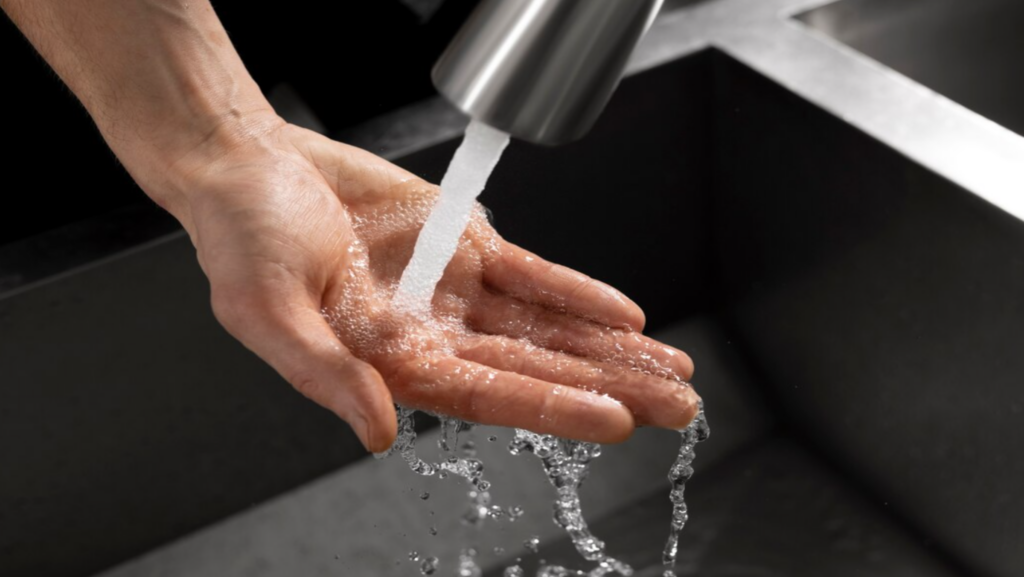
Details on federal energy efficiency tax credits for homeowners are available on the Energy Star website. Taking advantage of available rebates and tax credits can help make the switch to a tankless water heater more affordable.
Make The Switch To A Tankless Water Heater Today!
Take advantage of the numerous benefits that come along with a tankless water heater and make the switch today. Provincial Smart Home Services can make your tankless water heater installation a breeze. Consult one of our expert energy advisors to determine which system works best for your home and take the first steps on your sustainability journey.
Related Posts
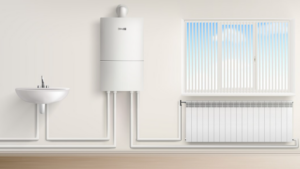
Heat Pump Water Heaters: Your Complete 2024 Guide
Considering a heat pump water heater in 2024? Our guide details operation, benefits, top brands, costs, sizing, and upkeep tips.
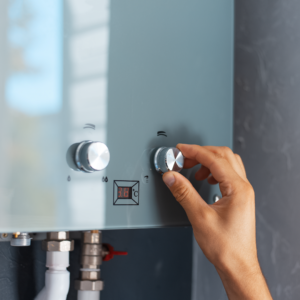
7 Signs You Need a New Electric Water Heater this Winter
Learn how an electric water heater saves money and helps the environment. Know when to replace your old heater with a new energy-efficient electric model.

Water Softener Systems: Benefits, Types, and Installation
Hard water can cause mineral buildup on plumbing fixtures leading to poor performance. Learn how a water softener system can remove unwanted minerals from your water helping improve the efficiency of your home.

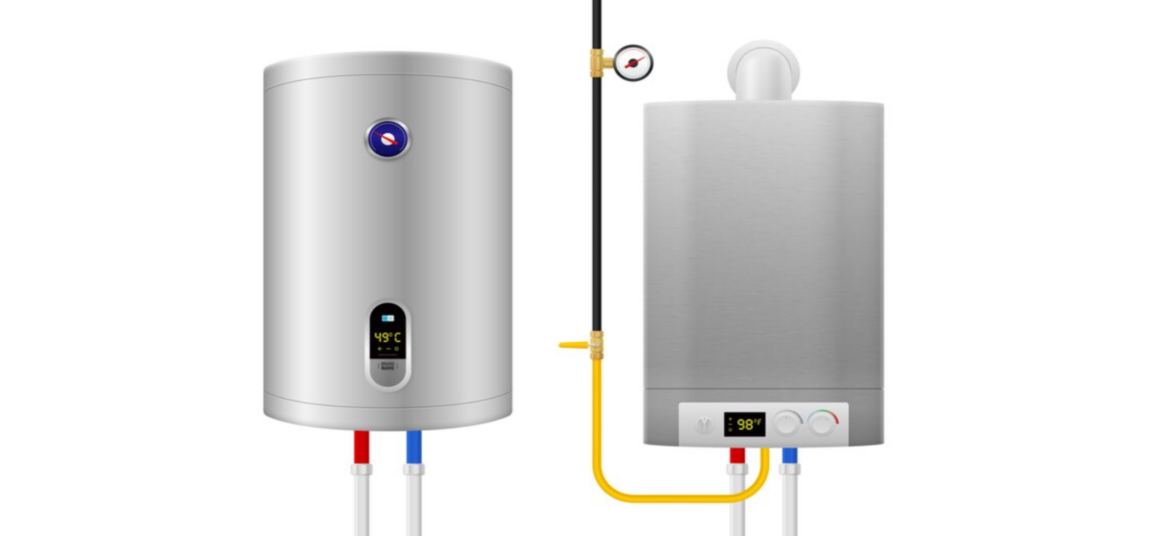
No Comments